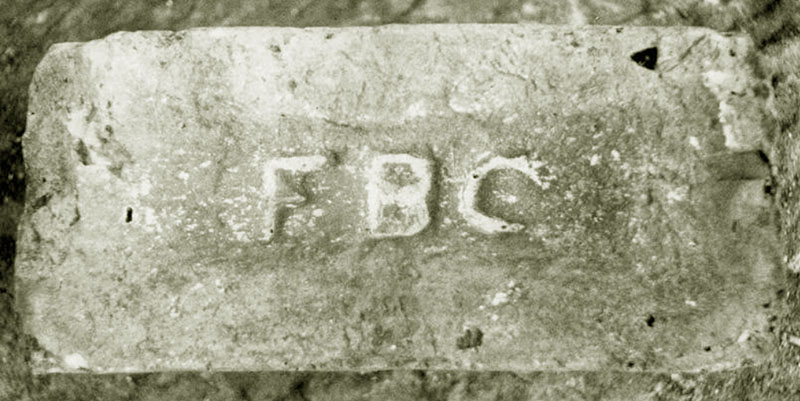
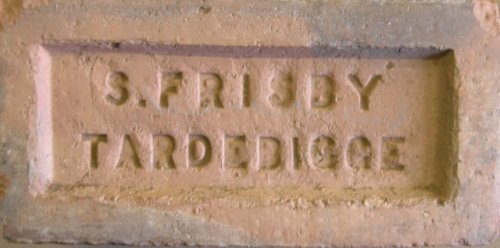
Simon Patterson photographed this one at Avoncroft Museum

Originally owned by the West family the Frindsbury works at Chatham in Kent was sold to George Bluett Winch in 1903. Winch formed Frindsbury Brickfield Co Ltd and soon sold the lease on the brickworks to Medway Insurance Co Ltd which was followed by Kent Estates & Investments Co Ltd, and finally in 1925 by Northern Assurance Co Ltd. The works made yellow stock bricks.
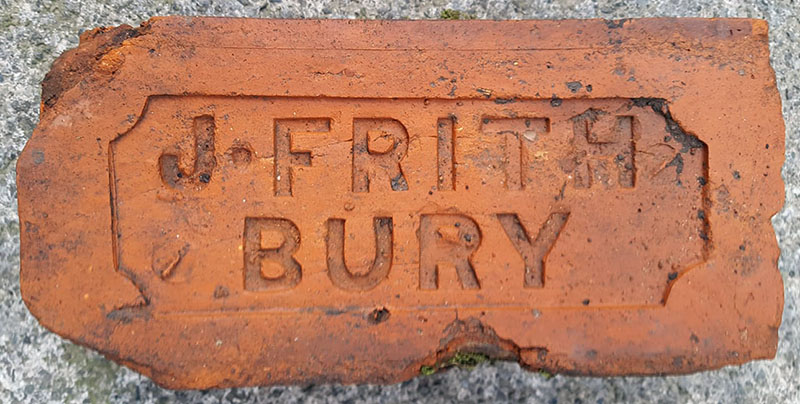
Liverpool Mercury, 26 May 1854
To Mr. Henry Clayton, London
Bury, Lancashire, April 11, 1854.
Sir,- In reply to your inquiries respecting the working and results of your Patent Brick Machine, I beg to say it entirely meets with my approbation, and does more work and better than I expected. I am now making upwards of 12,000 per day, with a set of men that never worked in a brickfield before, or ever saw the machine. In another week's practice I hope to get 3,000 more out of it per diem. I have no hesitation in saying it is the best machine extant, and I intend ordering another. Send me one of your Patent Brick Presses, same size mould as before.- I am, sir, yours, respectfully,
(Signed) John R. Frith, Contractor, &c.
Photo by Paul Higson.
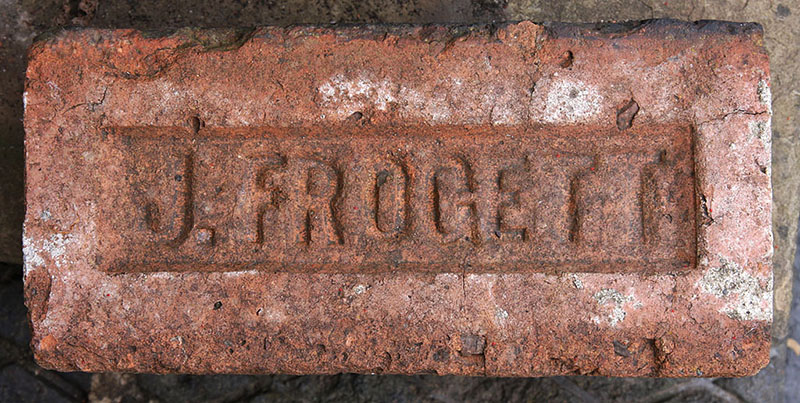
This is a product of Jno Froggatt of North Wingfield, Derbyshire, listed as brickmaker in the 1857 White's Directory of Derbyshire. Photo and information by David Kitching.

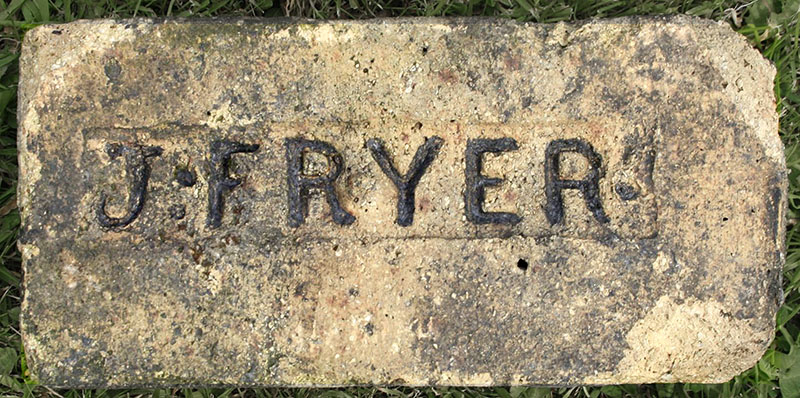
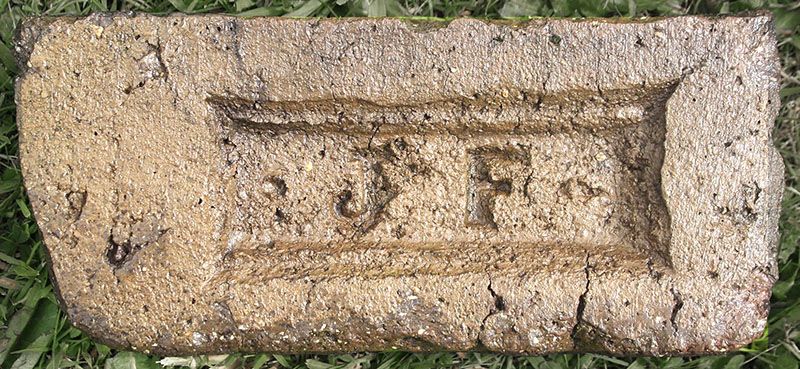
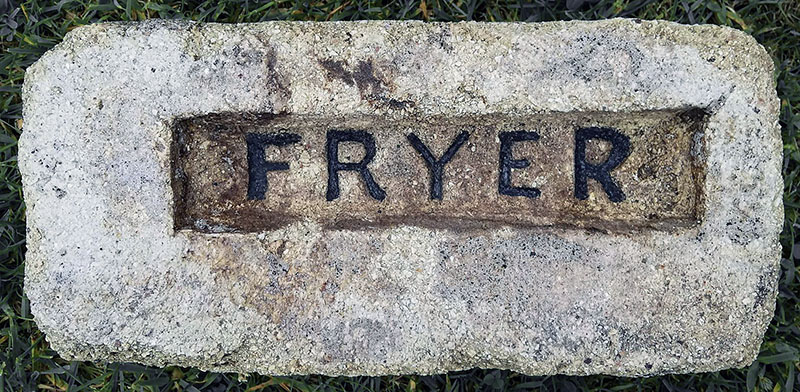
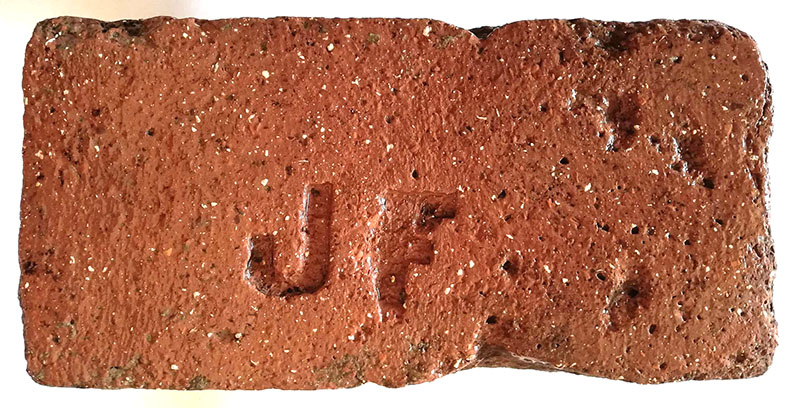
Photos by Chris Tilney.
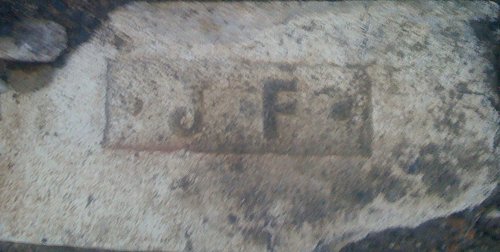
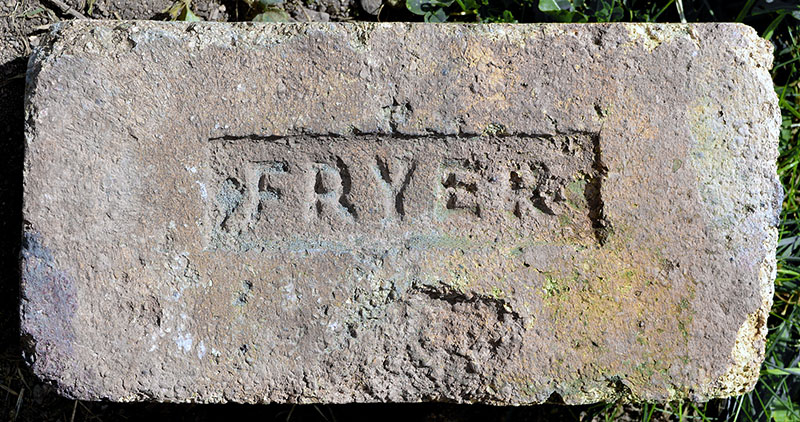
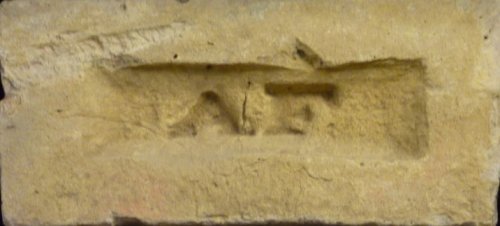
Alfred Fuller bought land next to the railway station on Station Road, Warboys, Huntingdonshire for his brickworks between 1891 & 1896. Alfred Fuller is listed in Kellys 1898 edition at Warboys with offices at High Street, Ramsey. Kellys 1910 edition now reads Alfred Fuller (exors of). The works is next listed in Kellys 1914 edition as being owned by the Warboys Brick Works Company. This company then sold the works to LBC in 1923. Info & Photo by Martyn Fretwell.
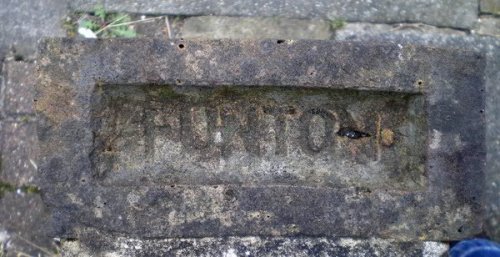
Photo by Vladimir Smirnov. Funton bricks are still made today
by Ibstock
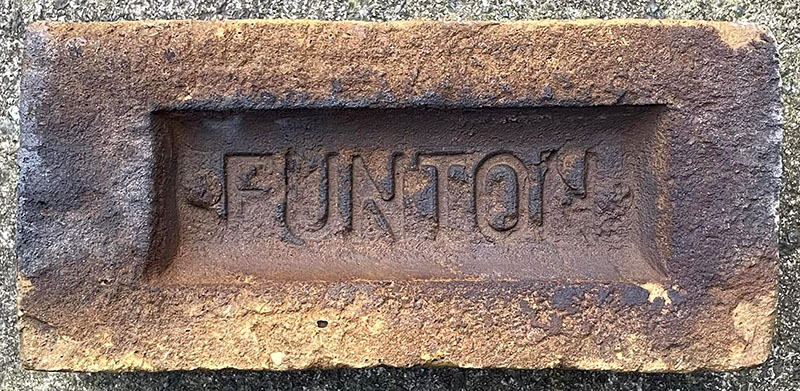
Photo by Phil Burgoyne.
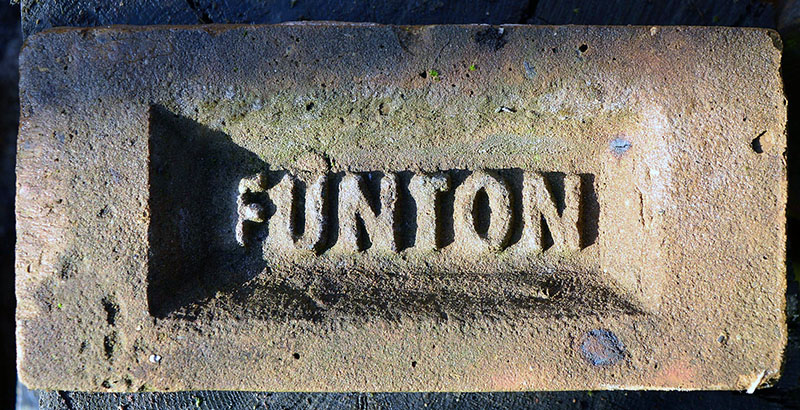
Funton Brickworks, Lower Halstow, Sittingbourne, Kent. In its latter years the Funton Brickworks was owned by Ibstock Brick Ltd and under their ownership it closed in 2008. Prior to Ibstock I am unable to determine who owned the works but Eastwood & Co and Redland did own works in the same area so they may have had some connection. Photo and info by Frank Lawson.
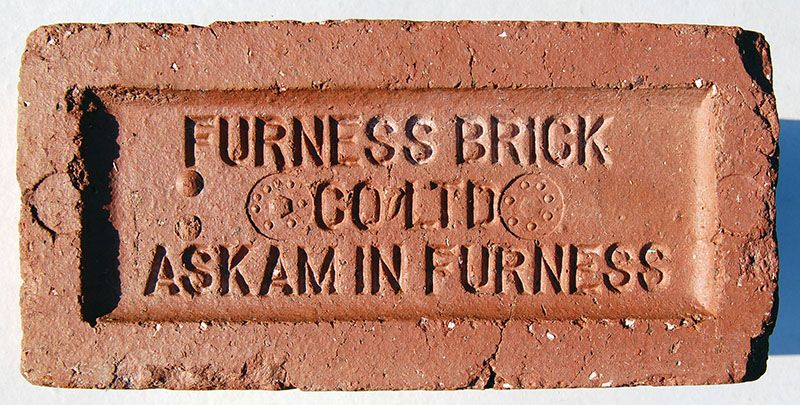
Askam-in-Furness is located 8km north of Barrow-in-Furness. Brickworks aside Barrow to Millom railway line. Still operative 2010. Image PRBCO.
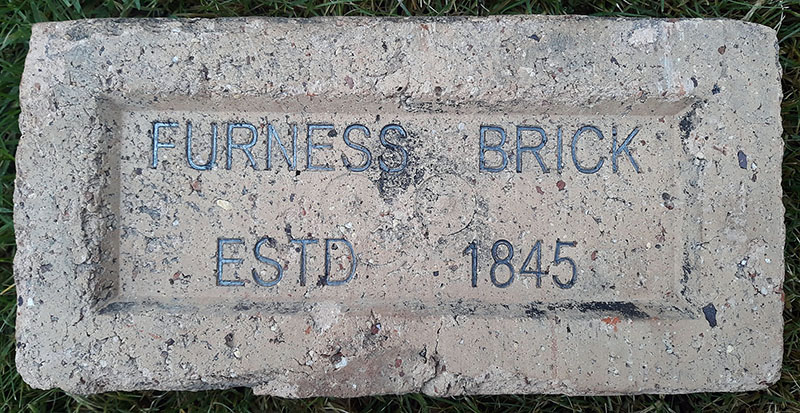
Photo by Mark Cranston.
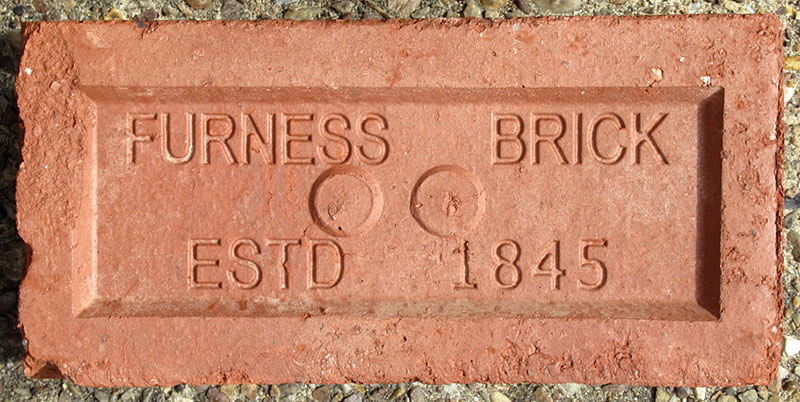
Photo by Martyn Fretwell.
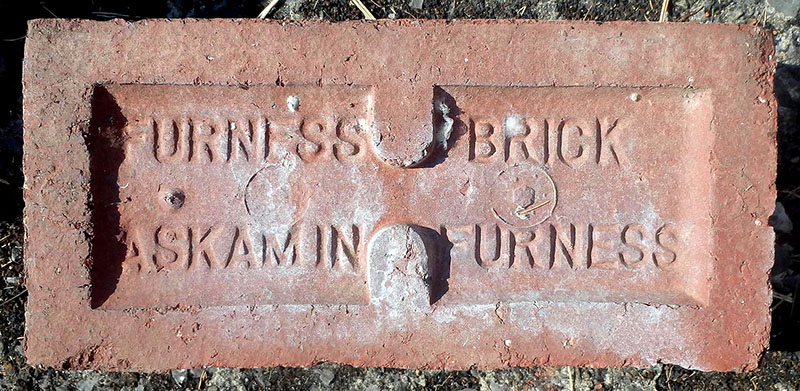
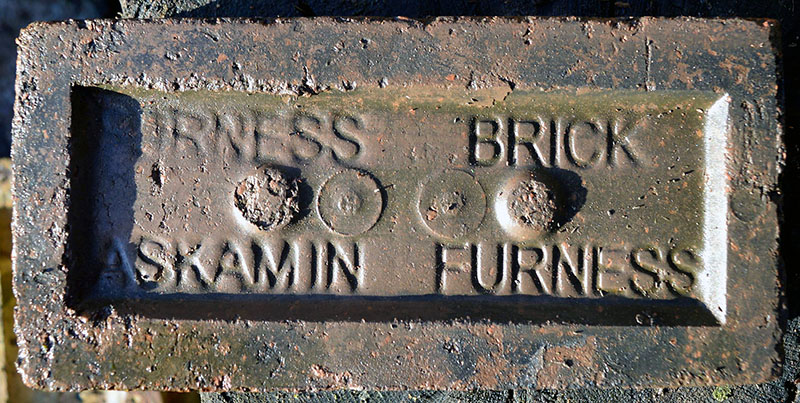
Photos by Frank Lawson.
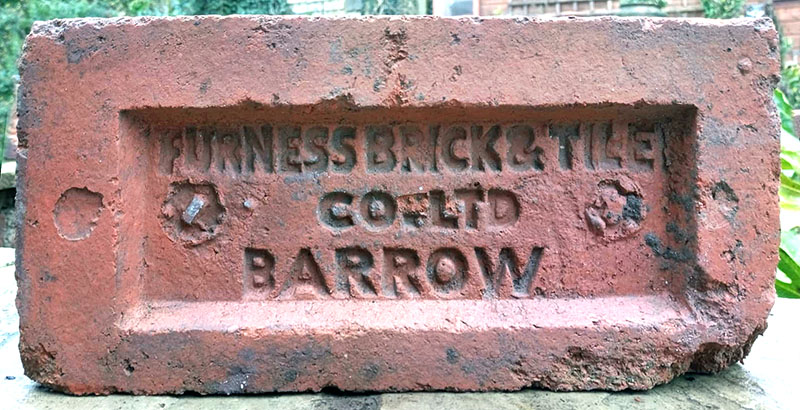
Photo by Chris Graham.
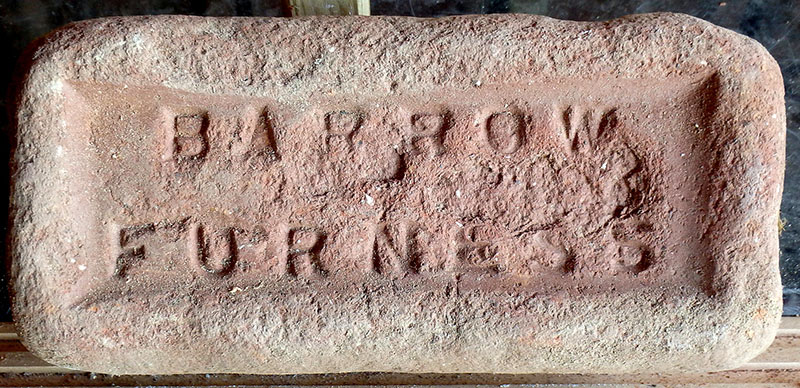
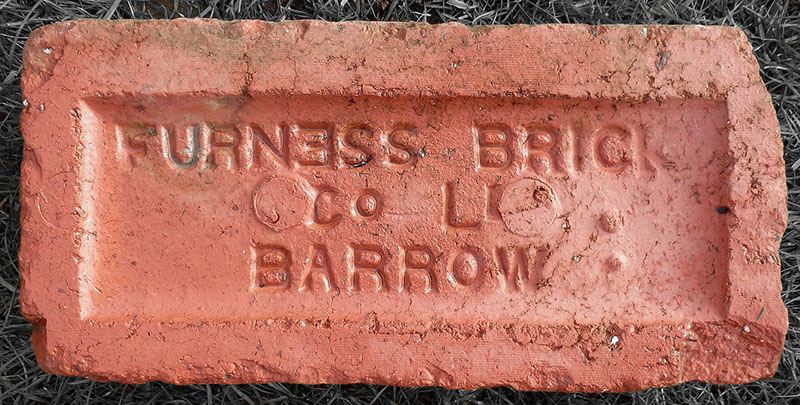
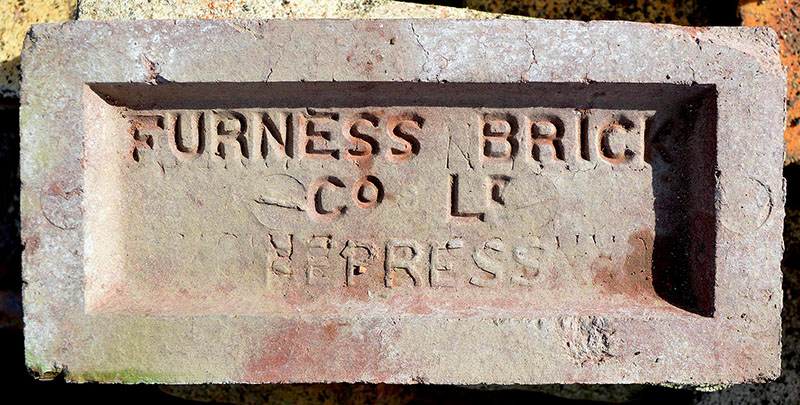
Photos by Frank Lawson.
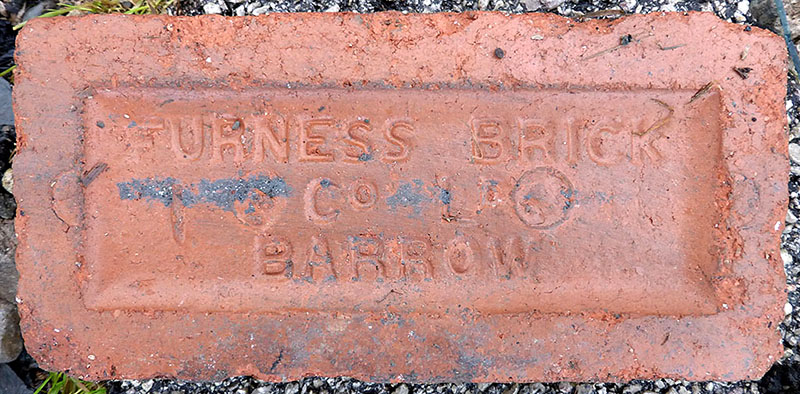
Photo by David Kitching.
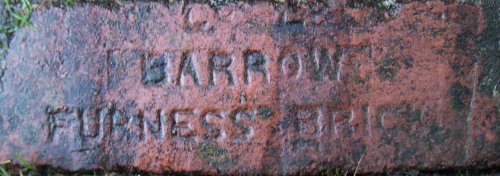
Made in Barrow in Furness and found in Moffat, Dumfrieshire by Peter Robinson.
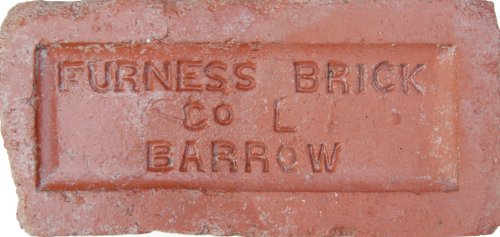
Image PRBCO.
.jpg)
Found at the old paper mill site in Barrow in Furness by Richard Comish.
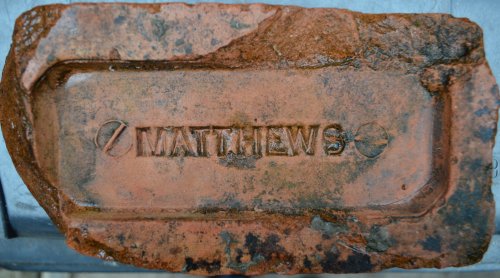
Found in Barrow by Richard Comish.
The Furness Brick and Tile Co Ltd., Barrow-in-Furness. The works were started about 1866 by Messrs. Woodhouse and Co. In 1876 AJ Woodhouse moved his yard to Walney Road and his works covered an area of over 20 acres. Later the business passed into the hands of Messrs. R. F. Matthews and Son, and eventually in 1898 the Furness Brick & Tile Co Ltd., was founded. The company had two large works and premises, one situated at Hindpool covering an area of about 19 acres, and one at Ormsgill of about 6 acres. The output of the two works comprises all the usual kinds of plain and ornamental bricks, drainage tiles for agricultural purposes, and the best kinds of facing bricks. In 1901 the weekly output was about 320,000 common bricks and 53,000 facing bricks with a workforce of about 250. Final closure came in 1972.
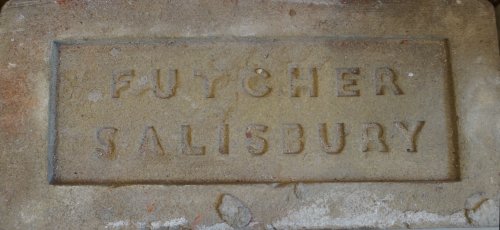
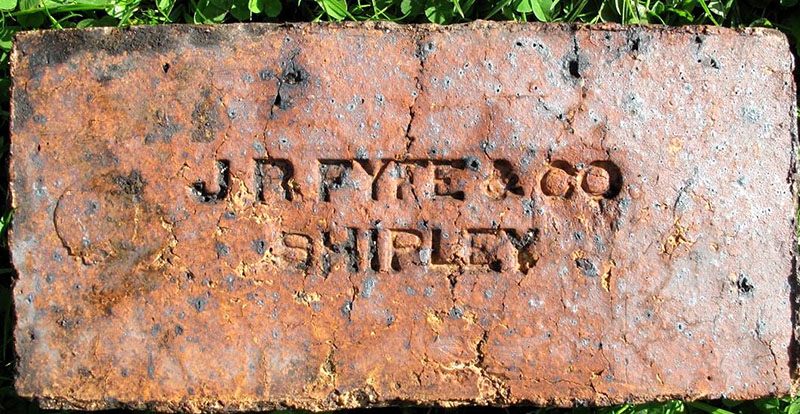
Mr John Rhodes Fyfe started 'Shipley Firebrick Works' (later called the Sanitary Tube and Brick Works) at the Shipley end of Heaton Woods, Bradford around 1875. The works continued in operation for about 50 years. As well as refractory fire bricks for furnaces, his works made household bricks, salt-glazed sinks, animal troughs and chimney pots. Coal pits and a quarry site were associated with the brick-works. I have seen both [FYFE] and [SHIPLEY] brick-marks on opposite sides of a double frogged, pressed, fire-brick. Another brickmark used was [J R FYFE & Co][SHIPLEY]. A plan of the works dating to 1877 survives in the West Yorkshire Archives. The works with its beehive kilns is mapped on the OS 1890-91 which also shows the old coal pit on site. This seems to have been abandoned by the 1908 OS map to be replaced by a drift mine under an adjacent hillside with the products reaching the works by means of a short tramway; after this there seems to have been a second drift with an entrance in the quarry north of the site. The works have been demolished by the time of the 1934 OS revision. Thanks to Derek Barker for photos and information.
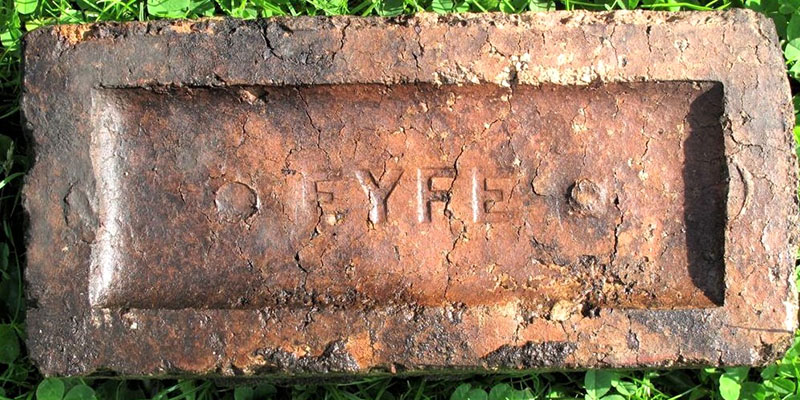
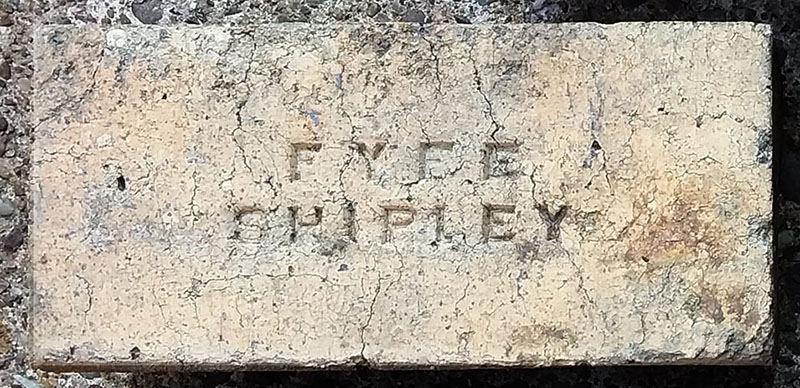
Photo by David Fox.
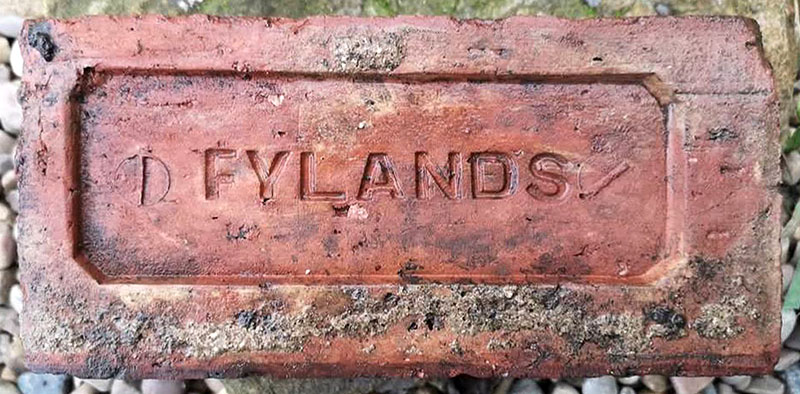
Fylands Bridge brick and tile works, Bishop Auckland. Photo by Richard Henderson Haines.